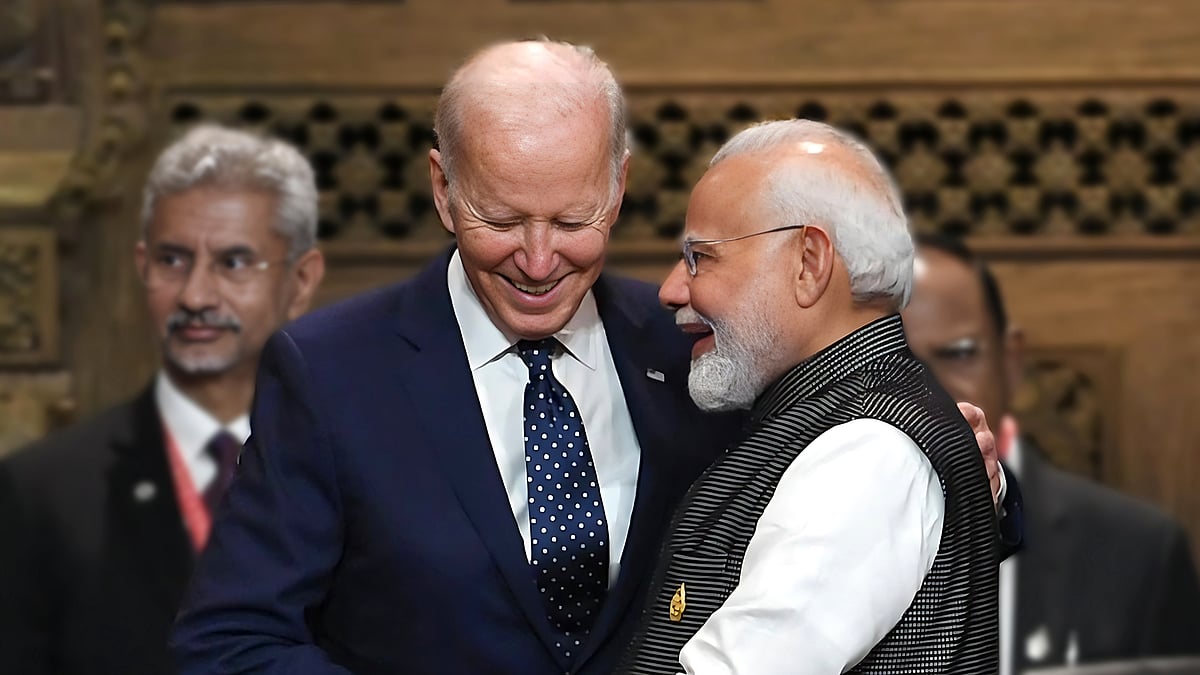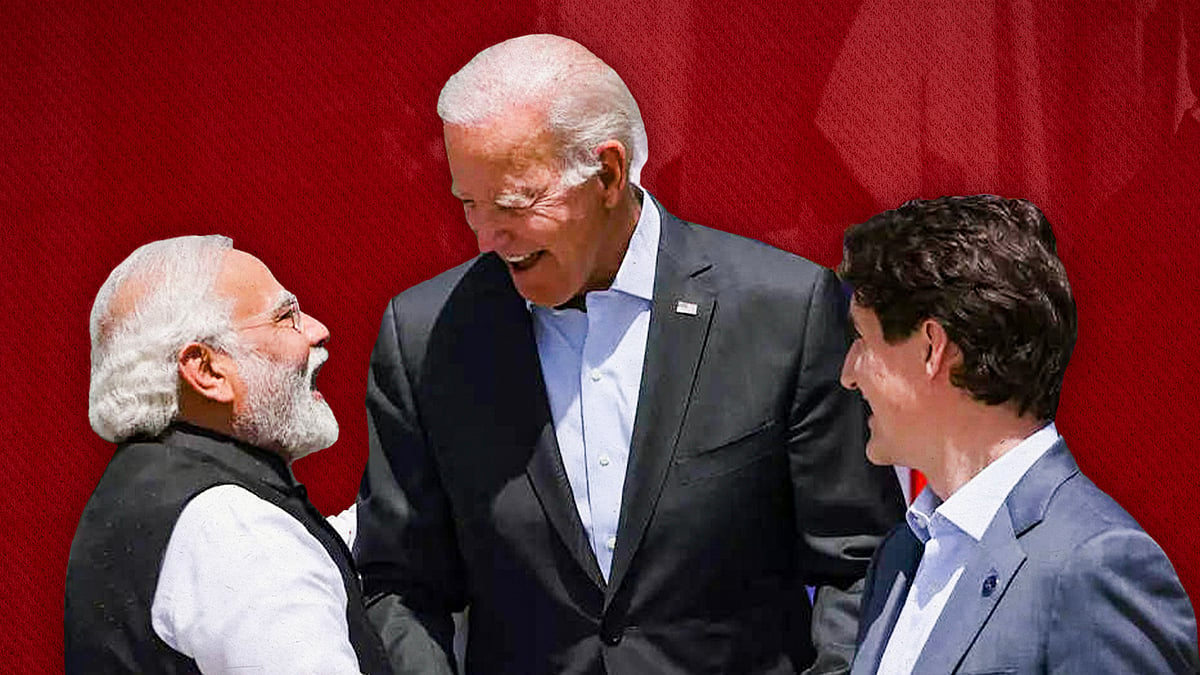Between China and Ukraine: Why G7 and Quad meets will be another tightrope for Indian diplomacy
Delhi has taken a divergent approach to the line adopted by much of the West, Asia-Pacific allies.
Even as India is holding a slew of events as the current G-20 president, set to culminate in the Delhi summit in September, the next few weeks will be hectic for the country’s summit diplomacy of a different kind and for a different reason.
These engagements will be observed for agenda-coordination on core interests for the forthcoming summit in Delhi as much they would be watched for how India is navigating its strategically autonomous position on the Ukraine war.
India will be a participant in two different summits hosted by the Asia-Pacific region countries. In the third week of May, Prime Minister Narendra Modi will attend the G-7 summit at Hiroshima in Japan, as India is a non-member invitee to the multilateral meeting of the political heads of the world’s most advanced economies.
This will soon be followed by the Prime Minister’s presence at Sydney, where Australia will host the Quad summit – with India as one of the four members of the strategic security dialogue. In line with its immediate focus, India would view these engagements in light of curating the agenda for the September G20 summit, including energy and food security, and even voicing Global South interests.
That, however, will also entail that New Delhi will have to see them through the prism of its autonomous tightrope walk on the Ukraine conflict. The country has taken a divergent approach to a harsh line adopted by much of the West, led by the US, as well as their Asia-Pacific allies such as Japan and Australia.
Last month, during his visit to India, Japanese Prime Minister Fumio Kishida had requested his Indian counterpart to be one of the special invitees to the G7 summit, which will record the presence of member nations: The US, the UK, Canada, France, Germany, Italy and Japan. What was once an exclusive informal grouping of the world’s wealthiest countries is now coming to terms with the rise of the economic powerhouses in Asia. The group remains a much-watched forum for taking stock of the world economic order, and by extension, international politics. In its last summit held in Germany in July 2022, for instance, the G7 member state leaders issued a statement of support for Ukraine.
India would attend the summit with the same approach that it had at the G7 meet last July, when PM Modi called for cessation of military action and urged countries to explore diplomatic solution to the Ukraine conflict. The prime minister avoided a one-sided condemnation of the Russian invasion of Ukraine.
In some ways, India’s stand is now well-anticipated by the key powers at G7. Hence, we are likely to see less parleys to nudge New Delhi out of what it sees as its moment of diplomatic clarity, fine-balancing, and exercise of its strategic autonomy.
It was in 2003 that India was first invited to a G7 summit, as the host nation France had extended an invitation to PM Atal Bihari Vajpayee. Since then, in his two terms, Manmohan Singh attended the summit five times while his successor PM Modi has already attended thrice – all set to attend a fourth time next month.
The fact of being a major emerging economy (a part of BRICS) and at the same time being in a position to articulate the developing world concerns (as in WTO or Climate Change talks) have contributed significantly to such efforts of the G7 to reach out to New Delhi.
Moreover, India is placed as a global actor, which isn’t only occupying swing state space, but is also straddling both sides of a divide that has surfaced in world politics today.
Besides these multilateral aspects, the Indian delegation at G7 might also work on its bilateral ties with Japan. While Japan and India have divergence of positions vis-à-vis condemning and sanctioning Russia in wake of the Russia-Ukraine war, they have common grounds to explore on securing the interests of the larger international order. While Indo-Japan technological collaborations are well-known, both countries would still like to smoothen the rough edges of delay in some key projects.
The two countries also have their own important reasons to act against the Chinese military aggression. India is faced with the threat of Chinese attempts at infringing the Line of Actual Control (LAC), while Japan has its long history of maritime dangers posed by China to its territories. Given this scenario, Japan would expect New Delhi to be vocal in criticising Chinese action in the South China Sea and even Taiwan Straits, something on which New Delhi has been less than severe in scrutinising Beijing.
As the PM leaves to join the high table of global diplomacy as an invitee to G7’s Hiroshima summit, India’s immediate task of agenda-curation for the G20 summit would be placed only with the backdrop of an eye on its essential quest for strategic autonomy as an emerging power.
In a multipolar-international order grappling with the conflict in Ukraine, these challenges would need a tightrope walk which of late has defined India’s approach. The same would be needed in its Asia-Pacific variant in PM’s next stop after Hiroshima – the four member Quad summit in Sydney.
 One meeting, two retellings: India and US viewed the Modi-Biden interaction at G20 very differently
One meeting, two retellings: India and US viewed the Modi-Biden interaction at G20 very differently Why India didn’t fall for Russia-bashing at G7 summit
Why India didn’t fall for Russia-bashing at G7 summit